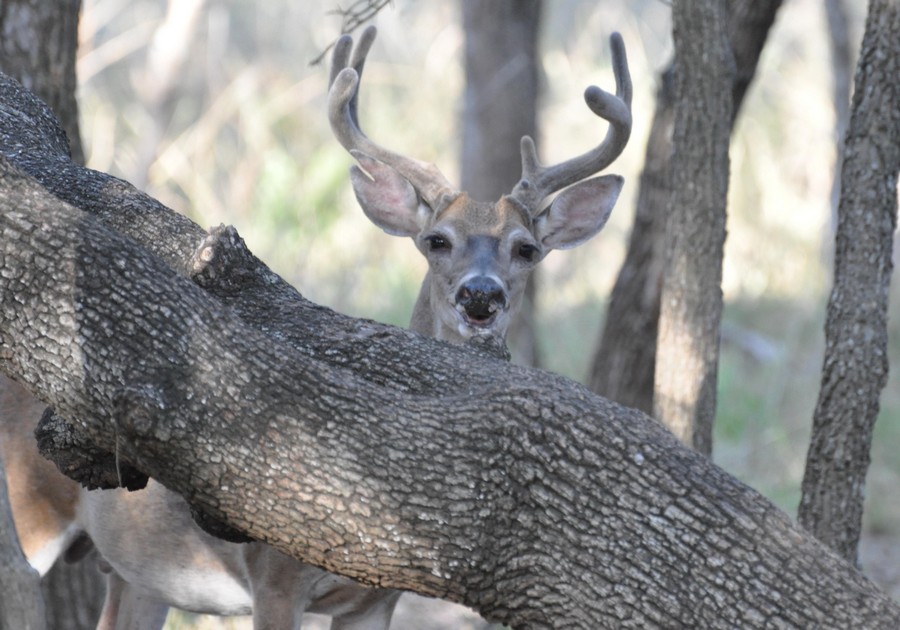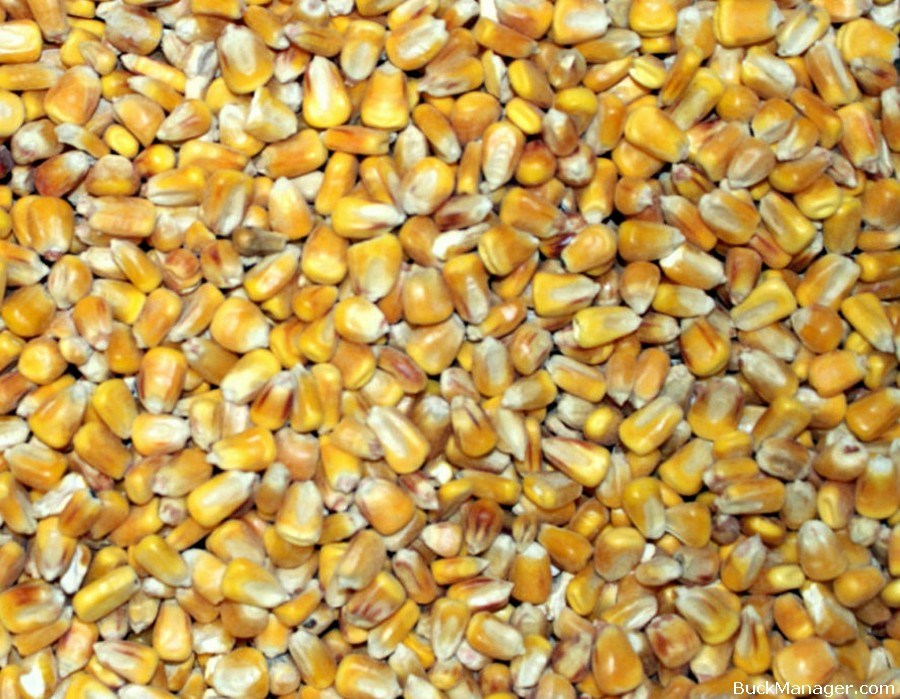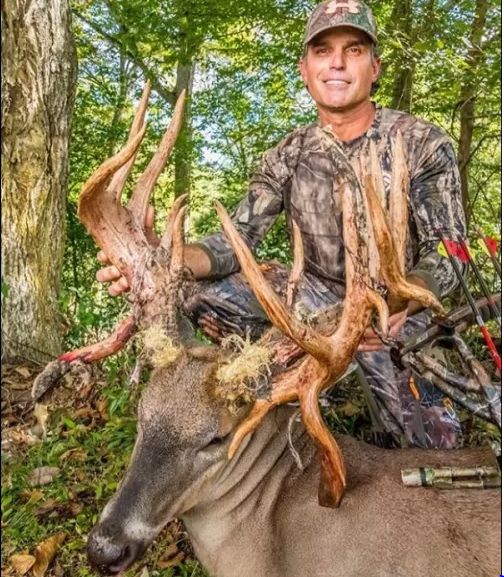A Few Less Big Bucks
Grayson County, Texas, is well known for producing big whitetail bucks each and every year. In fact, the county is one of only a handful of counties in Texas where bowhunting is the only legal means of deer harvest. Bowhunting no doubt makes deer hunting more challenging for hunters, but it also allows bucks to get old, big.
As deer hunters, we will go to great lengths in pursuit of a trophy white-tailed buck. Unfortunately, poachers are willing to go even farther, breaking ethical rules and game laws designed to protect and conserve prized wildlife resources.
Investigations into the illegal take of three whitetail bucks seized by Grayson County game wardens during the 2016-2017 deer hunting season illustrate just how far some folks are willing to go to bag a trophy buck.
The cases filed against the individuals responsible for illegally taking the three seized deer, which have a combined gross Boone & Crockett score of over 535 inches, and a combined civil restitution value of $34,954.80, should serve as a warning to would be criminals.
Grayson County Monster Shot from Road
Arguably, one of the most bizarre of the three cases involved the biggest buck. Rumors spread like wildfire after photos of a huge 19-point buck surfaced. Game wardens received information suggesting the hunter’s story didn’t add up. On Dec. 16, 2016, the man who killed the big buck, John Walker Drinnon, 34, of Whitesboro, Texas, told game wardens that he killed the 19-pointer on public hunting land in Oklahoma. The wardens had obtained a game camera image of the deer in question, photographed on public hunting land on the Texas side of Lake Texoma, which contradicted Drinnon’s claim.

Working with their counterparts in Oklahoma and U.S. Fish and Wildlife Service agents to build a case, game wardens eventually obtained a confession from Drinnon that he had killed the buck in Grayson County from a public roadway with a rifle. Charges were filed against Drinnon for taking a deer without landowner consent (a state jail felony), hunting without landowner consent and hunting from a vehicle (Class A misdemeanors). Drinnon was also issued citations for no hunting license, hunting from the public roadway, no hunter education, and illegal means and methods.
On Oct. 12, Drinnon pled guilty to the felony charge of taking a whitetail deer without landowner consent in 15th District Court in Sherman, Texas. Civil restitution on the deer, which scored 202 B&C, was estimated at $18,048.10.
Advances in stealth surveillance technology have made game cameras essential gear for serious deer hunters. In Grayson County, wary old bucks present a challenge for bowhunters, but seldom escape the camera or coffee shop gossip.
Another Grayson County Buck Caught on Camera
While Timothy Kane Sweet, 37, of Sherman, didn’t claim the 19-pointer he bagged originated out of state, he did attempt to hide the fact it was another Grayson County monster buck. Sweet claimed he killed the deer in neighboring Fannin County. What he failed to consider while concocting his tale was that the deer, which scored 177 B&C, exhibited a unique rack that had been captured on a game camera in Grayson County.

Once again, rumors flared and tips sparked a game warden investigation. During an interview with the game warden, Sweet claimed he made a poor shot on the deer that didn’t draw blood, but returned to the area later that evening to inspect. When the buck jumped up and began to run off, Sweet said he shot it five or six times illegally at night with a pistol.
On Oct. 20, Sweet pled no contest to charges of illegal means and methods, improperly tagged whitetail deer, and hunting out of season (Class C misdemeanors) in Justice of the Peace Court in Whitesboro, Texas. Civil restitution was estimated at $10,664.35.
Big Grayson County 10 Point Buck
The third case involves an individual who killed a big 10-point buck during the 2016-17 hunting season and attempted to take advantage of hunting license benefits reserved for disabled veterans. Brian Eugene Culp, 47, of Gunter, Texas, tagged the 157-inch B&C whitetail using a Super Combo hunting and fishing license (available at no cost to disabled veterans) that he did not qualify to possess.

On May 19, Culp pled no contest in Justice of the Peace Court in Whitesboro to a charge of hunting without a valid license. Civil restitution was estimated at $6,242.35.
“These cases exemplify the hard work and dedication state game wardens deliver day in and day out to enforce Texas game laws,” said Col. Grahame Jones, Texas Parks and Wildlife Department Law Enforcement Division Director. “I want to extend special recognition and gratitude to Grayson County game wardens Michael Hummert and Daron Blackerby for a job well done.”
Grayson County game wardens would like to thank the public for their assistance in these cases. Game wardens would also like to remind the public that they can report any illegal hunting activity to Texas Game Wardens using Operation Game Thief at 800-792-GAME or by contacting their local game warden.








